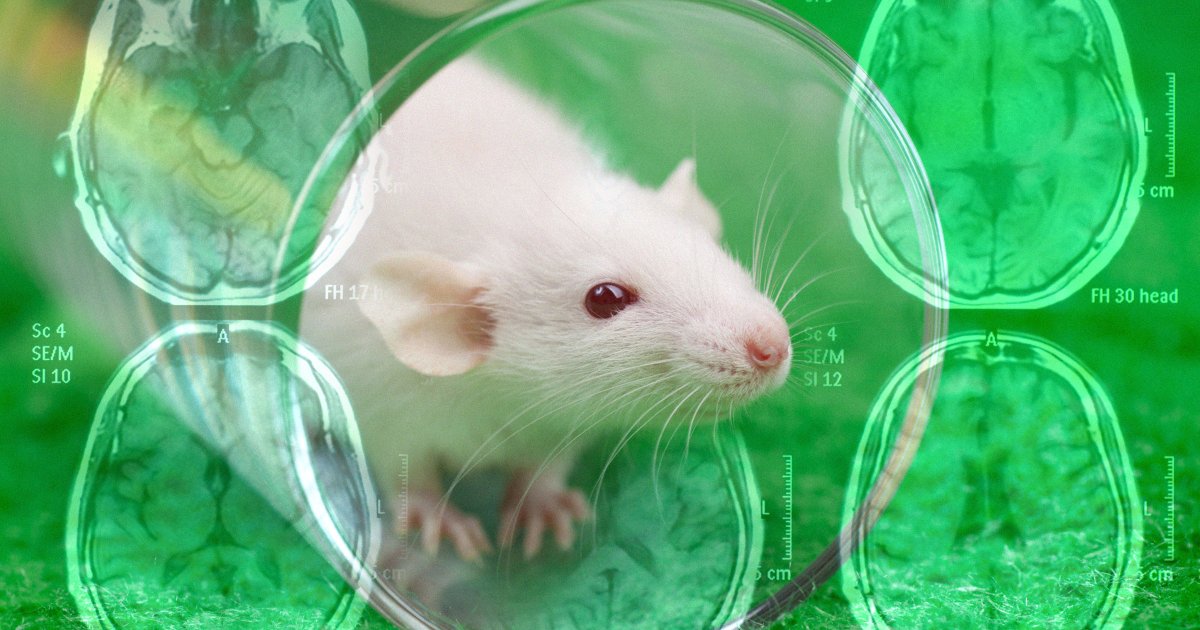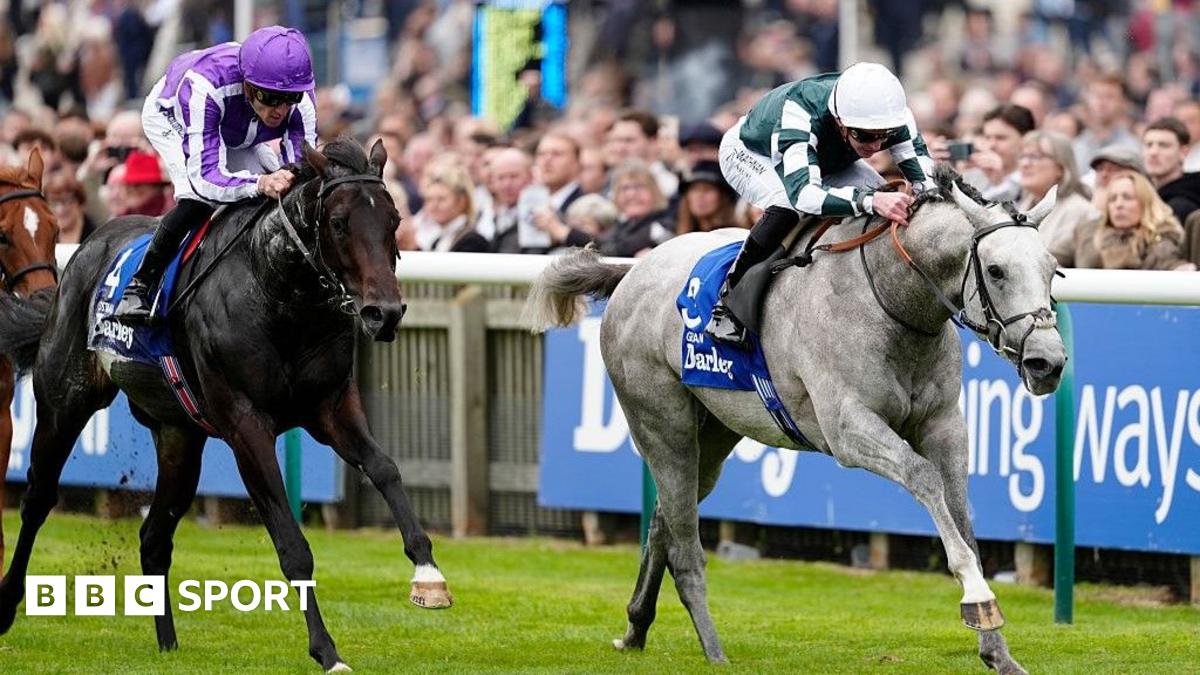Indian politicians and journalists have criticised the government for failing to speak out after female journalists were excluded from a press event with the Afghan Taliban foreign minister in Delhi.
Around 16 male reporters were selected to…

Indian politicians and journalists have criticised the government for failing to speak out after female journalists were excluded from a press event with the Afghan Taliban foreign minister in Delhi.
Around 16 male reporters were selected to…

Tadej Pogačar joined Fausto Coppi as the only men to have won road cycling’s Giro di Lombardia five times with a solo victory on Saturday (11 October).
The Slovenian is the first to do so five years in a row. Coppi won four straight from 1946 to…

President Donald Trump’s preference to cut one-to-one deals with allies and adversaries has been the hallmark of his self-proclaimed dealmaking magic, but with the China trade truce seemingly teetering on collapse, the fragility of such an…

Scientists have developed a nanoparticle-based treatment that successfully reversed Alzheimer’s disease in mice.
As detailed in a new paper published in the journal Signal Transduction and Targeted Therapy, the team co-led by the…

Fancied pair Gstaad and Distant Storm were beaten as 25-1 outsider Gewan won the Group One Dewhurst Stakes at Newmarket.
Trained by Andrew Balding and ridden by James Doyle, Gewan drifted towards the near-side rail in the closing stages having…

Scroll through your Instagram feed and you’ll find it: words like boundaries, trauma, anxious attachment, and healing splashed across pastel carousels. Your inner world is trending. Mental health has gone mainstream—and that’s mostly a good…
